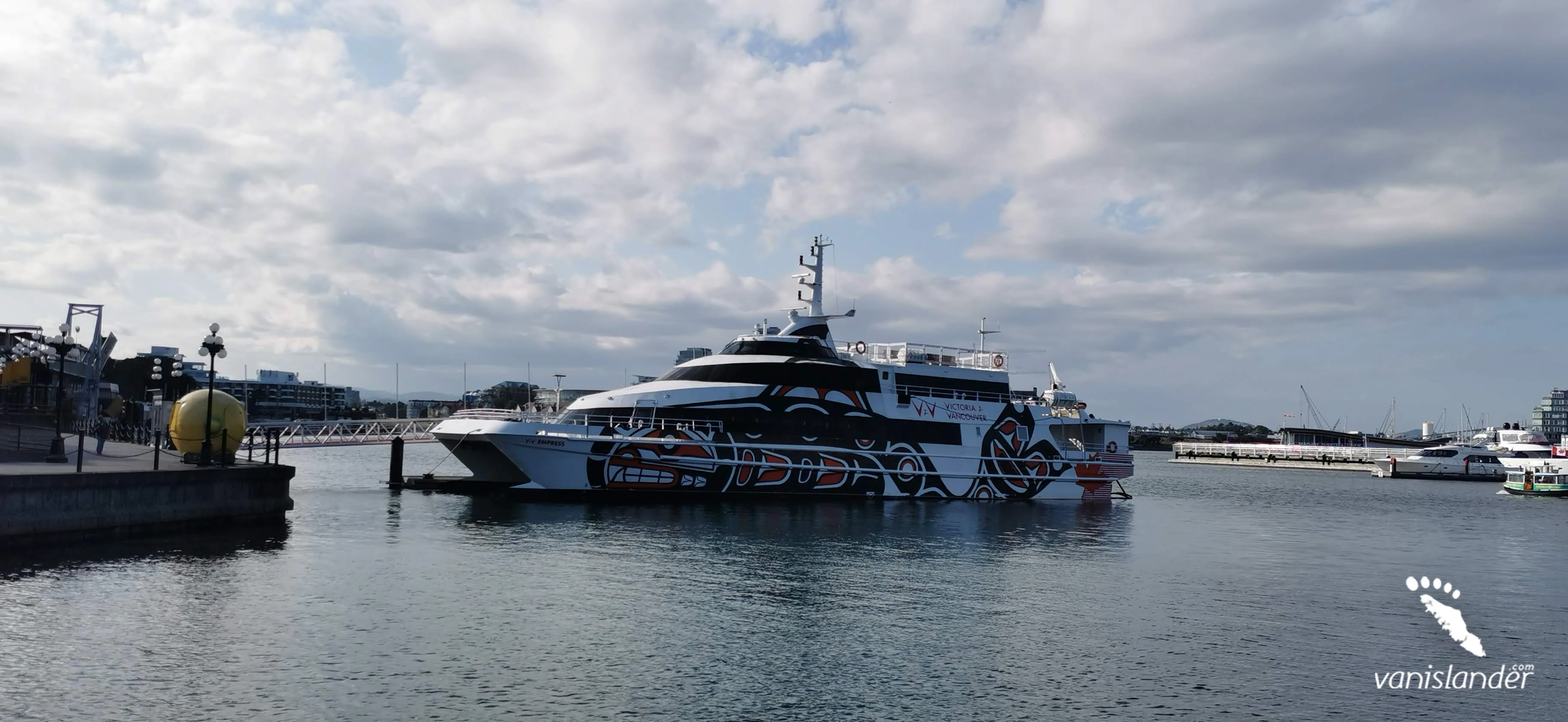History of Fisgard Lighthouse National Historic Site
Fisgard Lighthouse was built in 1860 by the British Government primarily to guide ships to the entrance of Esquimalt Harbour and merchant ships to Victoria. Not to mention that it was known as a beacon for the British Royal Navy's Pacific Squadron. The lighthouse was titled after a British Navy ship named HMS Fisgard.
The bricks used to build the lighthouse were sent from Britain according to the local legends, and, in 1859, other materials such as the lens, lamp apparatus, and lantern room were brought to the island by the first keeper Mr. George Davies. In the 1970s and the beginning of the 1980s, Parks Canada reconstructed the lighthouse to its Victorian appearance. Afterward, The Keeper's House became a museum ever since, with exhibits representing the history of all the lighthouses of British Columbia.
On November 16th, 1860, after the sunset, Fisgard Lighthouse radiated the first light. In 1929, the lighthouse was automated, and since then, the radiations are as follows: white isophase light for 2 seconds in an area of 322°- 195° at 21.6 m (71 ft) above average sea level.
Before automating the lighthouse, it used to have keepers who were residents of the red house.
Fisgard Lighthouse had 12 keepers during 1860-1928, of which the most famous one is William Bevis, who served since 1861, and in 1879 he died on duty.
Fisgard Lighthouse has been regarded as one of the National Historic Site of Canada since 1958. Also, it is designated as a Classified Federal Heritage Building.
